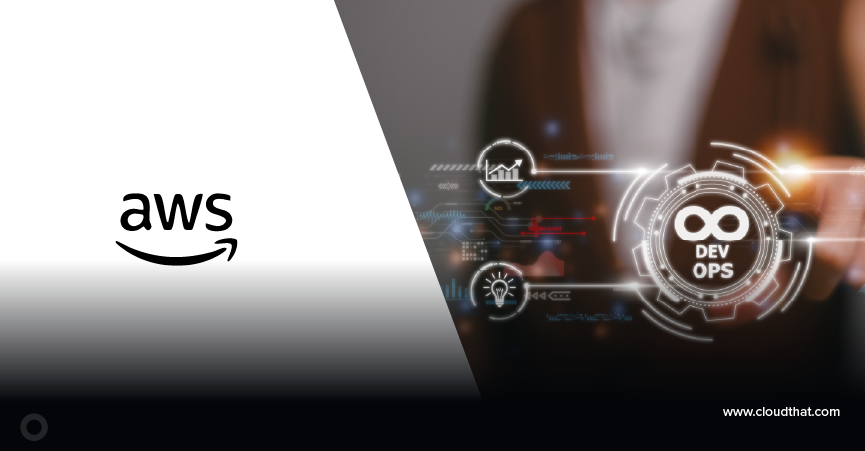|
Voiced by Amazon Polly |
Overview
In the world of software development, managing large codebases across multiple teams and projects can be challenging. Traditionally, organizations have adopted a “multirepo” strategy, where each project or component is housed in its repository. However, a different approach, known as the “monorepo,” has gained popularity for its ability to streamline development processes, enhance collaboration, and simplify dependency management. This blog provides an in-depth introduction to monorepos, exploring their benefits and best practices.
Pioneers in Cloud Consulting & Migration Services
- Reduced infrastructural costs
- Accelerated application deployment
Monorepo
A monorepo, short for “monolithic repository,” is a version control strategy where multiple projects or components are stored within a single repository. Unlike a multirepo setup, where each project has its repository, a monorepo houses all related projects together. This approach is particularly beneficial for organizations that manage numerous interdependent libraries, microservices, or applications.
Benefits of Monorepos
- Streamlined Collaboration: Monorepos foster collaboration by enabling teams to work together in a single codebase. This approach makes sharing code, tracking changes, and ensuring consistency across different projects easier. When a team changes to a shared library, other teams can instantly see and integrate those changes, reducing the risk of integration issues.
- Simplified Dependency Management: Managing dependencies across multiple repositories can be complex and error-prone. In a monorepo, dependencies are often centralized, making ensuring that all projects use consistent versions of libraries and tools easier. This centralization reduces the likelihood of “dependency hell,” where different projects rely on incompatible library versions.
- Improved Code Reusability: Monorepos encourages code reuse by making sharing components, libraries, and utilities easier across different projects. This reuse reduces duplication, faster development cycles, and more maintainable codebases. When a bug is fixed in a shared library, the fix is immediately available to all projects that use that library.
- Unified Build and Deployment Processes: Teams can adopt unified build and deployment processes with all code in a single repository. This consistency simplifies CI/CD (Continuous Integration/Continuous Deployment) pipelines and reduces the complexity of managing multiple build systems. Teams can create a single pipeline that builds, tests, and deploys all projects within the monorepo, leading to more efficient development workflows.
- Enhanced Visibility and Traceability: In a monorepo, all code changes are recorded in a single version control history. This setup improves visibility into the development process, making it easier to trace the origin of bugs, understand the impact of changes, and audit the codebase. Teams can use tools like Git’s
blamefeature to identify who made specific changes and when aiding in debugging and code reviews.
Best Practices for Managing a Monorepo
To maximize the benefits of a monorepo while minimizing the challenges, organizations should follow these best practices:
- Modularize Your Codebase: Break down your codebase into modular components that can be independently developed, tested, and deployed. This modularity ensures that changes in one part of the codebase do not unintentionally impact other parts.
- Adopt Incremental Build Systems: Use build systems that support incremental builds, allowing teams to build and test only the parts of the codebase that have changed. This approach reduces build times and increases developer productivity.
- Implement Robust CI/CD Pipelines: Design your CI/CD pipelines to handle the scale of a monorepo. Use parallelization and caching to speed up builds and tests and ensure that your pipeline can handle the increased load of multiple projects.
- Enforce Code Quality and Governance: Establish clear guidelines for code quality, including code reviews, automated testing, and regular codebase cleanups. Governance practices, such as defining ownership for different parts of the codebase, can help maintain the health of the monorepo over time.
Conclusion
Monorepos offers a powerful solution for managing large, complex codebases, enabling streamlined collaboration, simplified dependency management, and unified development workflows. However, they also come with challenges requiring careful planning and specialized tooling investment. By following best practices and addressing potential pitfalls, organizations can successfully implement a monorepo strategy and unlock its full potential.
Drop a query if you have any questions regarding Monorepos and we will get back to you quickly.
Empowering organizations to become ‘data driven’ enterprises with our Cloud experts.
- Reduced infrastructure costs
- Timely data-driven decisions
About CloudThat
CloudThat is an award-winning company and the first in India to offer cloud training and consulting services worldwide. As a Microsoft Solutions Partner, AWS Advanced Tier Training Partner, and Google Cloud Platform Partner, CloudThat has empowered over 850,000 professionals through 600+ cloud certifications winning global recognition for its training excellence including 20 MCT Trainers in Microsoft’s Global Top 100 and an impressive 12 awards in the last 8 years. CloudThat specializes in Cloud Migration, Data Platforms, DevOps, IoT, and cutting-edge technologies like Gen AI & AI/ML. It has delivered over 500 consulting projects for 250+ organizations in 30+ countries as it continues to empower professionals and enterprises to thrive in the digital-first world.
FAQs
1. What are the key differences between a monorepo and a multirepo?
ANS: – A monorepo stores multiple projects or components within a single repository, while a multirepo strategy involves housing each project in its separate repository. The key differences include:
- Code Sharing: In a monorepo, code sharing is more straightforward as all components are within the same repository. In a multirepo, sharing code requires additional steps like publishing packages or setting up dependencies between repositories.
- Dependency Management: Monorepos allows for the centralized management of dependencies, ensuring consistent project versions. In contrast, multirepos require each repository to manage its dependencies independently, which can lead to version mismatches.
- Collaboration: Monorepos foster collaboration by enabling teams to work in a unified codebase, making tracking changes and integrating updates easier. Multirepos can lead to isolated development, where teams may struggle with integration and synchronization.
2. How can teams ensure efficient CI/CD pipelines in a monorepo?
ANS: – To ensure efficient CI/CD pipelines in a monorepo, teams should consider the following strategies:
- Incremental Builds: Implement build systems that support incremental builds, allowing the pipeline to build and test only the parts of the codebase that have changed. This approach significantly reduces build times.
- Parallelization: Use parallelization in your CI/CD pipelines to run multiple tasks simultaneously. This can speed up the build and test processes, especially in a large codebase with many components.
- Caching: Leverage caching mechanisms to avoid redundant work. For example, caching dependencies or test results can prevent the pipeline from re-running tasks that haven’t changed.
- Pipeline Optimization: Regularly review and optimize your CI/CD pipelines to ensure they remain efficient as the codebase grows. This might involve refining the test suite, reducing unnecessary steps, or improving infrastructure.

WRITTEN BY Sneha Naik
Sneha is a Frontend Developer II at CloudThat, passionate about crafting visually appealing and intuitive websites. Skilled in HTML, CSS, JavaScript, and frameworks such as ReactJS, she combines technical expertise with a strong understanding of web development principles to deliver responsive, user-friendly designs. Dedicated to continuous learning, Sneha stays updated on the latest industry trends and enjoys experimenting with emerging technologies in her free time.


 Login
Login


 August 30, 2024
August 30, 2024 PREV
PREV










Comments